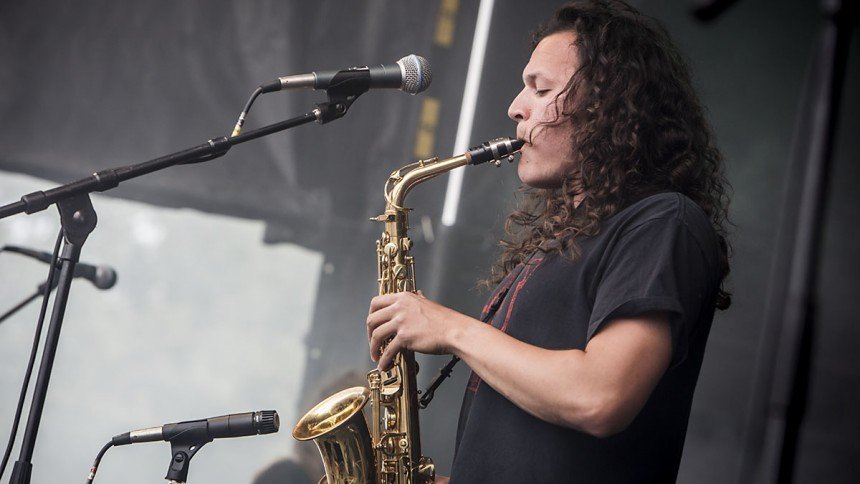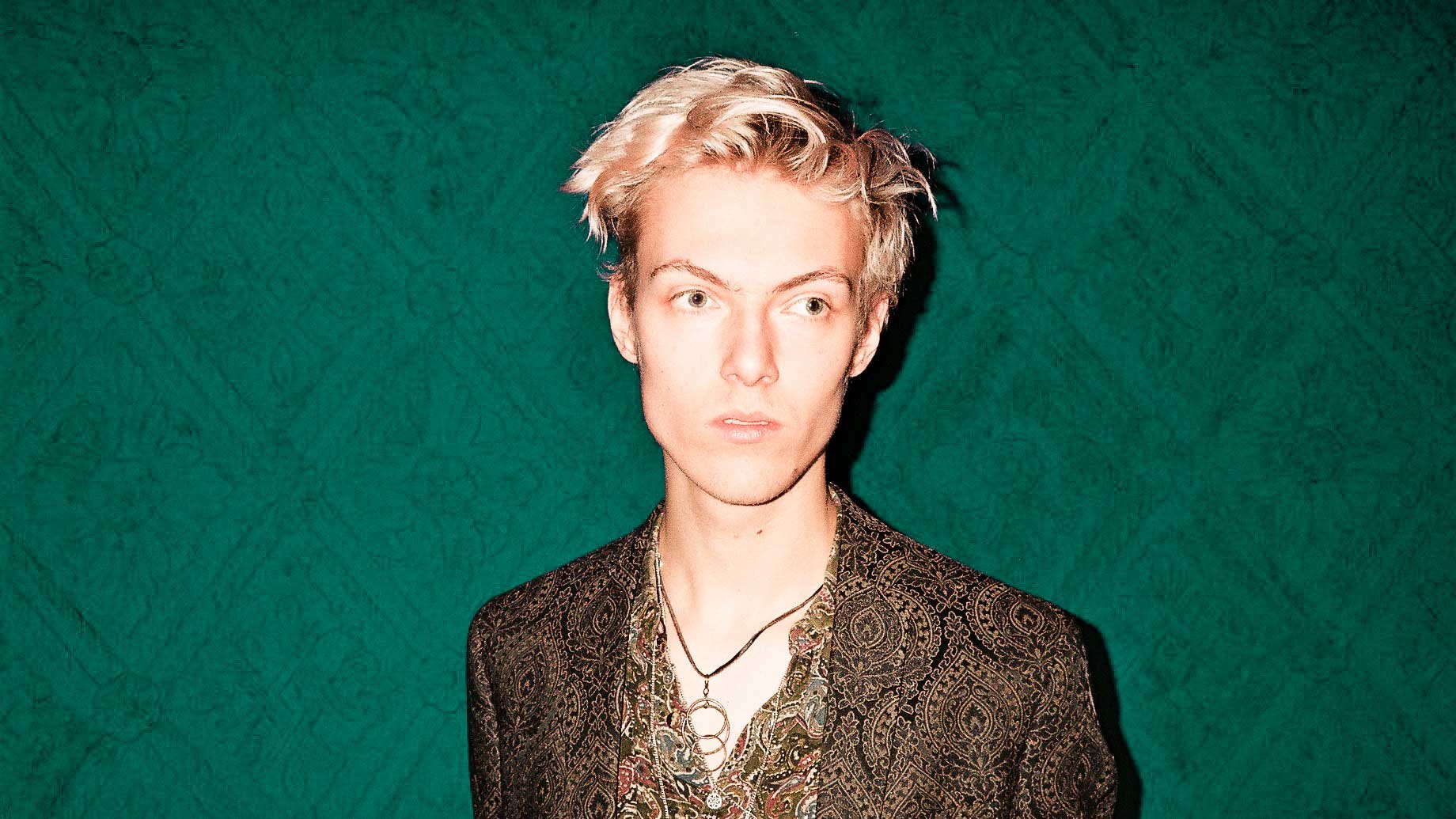Narcosatanicos
*Archive Article: Originally published in the magazine Blacklisted Copenhagen on March 3, 2018
So tell me how Narcosatanicos got started?
It started as some spontaneous offshoot of our other bands, with no clear intent. We were fairly young at the time and initially, it was a few of us mangling Brainbombs riffs at high volumes- pure, stupid cacophony, which we found satisfying. We later expanded the instrumentation and some “songs” happened- we haven’t had a lineup change since and continue to write music collectively. The name was chosen on a whim from a book on Santería/Palo Mayombe sects, probably for its absurdity.
Was the choice to create a band rooted in heavy rock, which an uncommon instrument like a saxophone, something that was conceived from the beginning?
To be honest, I don’t even think the choice to form a cohesive band was a conscious one, and we’ve certainly never considered ourselves a ‘metal’ band or anything like that… Some incoherent—but, (to us) compelling music materialized—which then, of course, created the impetus for a more conscious effort after a while. We just decided that brass instrumentation might be a good counterbalance to three ridiculously distorted guitars, I guess. Zeki is a highly adaptable player and his way of shaping & subverting the wall of sound is essential to the dynamics we work with.
The combination of the Zeki’s sax with Johannes drumming style gives me a definitive Jazz feeling underneath the heavy guitars. Would you say that some your influences stem from the Jazz genre?
Zeki in particular of course, given his background, but I guess we have plenty of direct and indirect jazz influences of various kinds in general… From Peter Brotzmann through the Lounge Lizards, Sun Ra, Yosuke Yamashita, Fire!, Alice Coltrane, Naked City and Bohren, to name a few diverse ones.
You released your second full-length on Bad Afro late last year. Can you tell me about the album?
Body Cults is an album we started writing in 2014 and gradually shaped over the next year and a half. I don’t know that my own perspective on it can really tell you much. It’s a record of abrasive music made out of a fairly broad mess of ideas and stylistic shifts, and has a certain physicality to it, I think. We consider it a vast improvement over the first record. We hope to feel similarly towards this one when we release the next.
How does ‘Body Cults’ differ from the previous self-titled full-length?
Body Cults is a lot more structured and orchestrated than the self-titled LP. It’s still a discordant wreck a fair amount of the time, but certainly more focused compared to the cruder primitivism thing we were doing on the first one… It was also put together over a longer period of time and the songs had the opportunity to develop and warp more in the live setting before recording it with Thomas Mee back in 2015. We took this one more seriously, given the time and cumulative hearing damage we were investing in it.
Can you tell me a little about your songwriting process?
It’s certainly changed over the last two years. Where we used to just hammer some simple riffs into the semblance of a song through brute force, or whatever. We’re in a place now where we spend hours working rhythmic details into place until we get too drunk/impatient/both.
I don’t think our process is necessarily that far removed from other bands run as a democracy—ideas typically start as guitar pieces, often brought in by Victor, and we heap on variations and layers until it feels satisfying or we deem it a failure and ditch it.
You often play your live show with a light projection show running behind the band. Is there a story to the film that runs with the music?
I compile the live visuals from a ton of sources intercut and melded with each other. There is no overt narrative (It’d probably be too distracting and banal to attempt anyway), but it mirrors whatever general thematic basis we might have—confusion, distress, carnality, the loss of control, sensory excess, etc. The visual set is continuously altered and getting more fucked-up from tour to tour—currently, it’s centered on corporeal imagery & interactions of the body. The use of live visuals is generally a matter of taste, but in the right context, I feel that they can maybe contribute to and amplify the cohesion of a performance.








